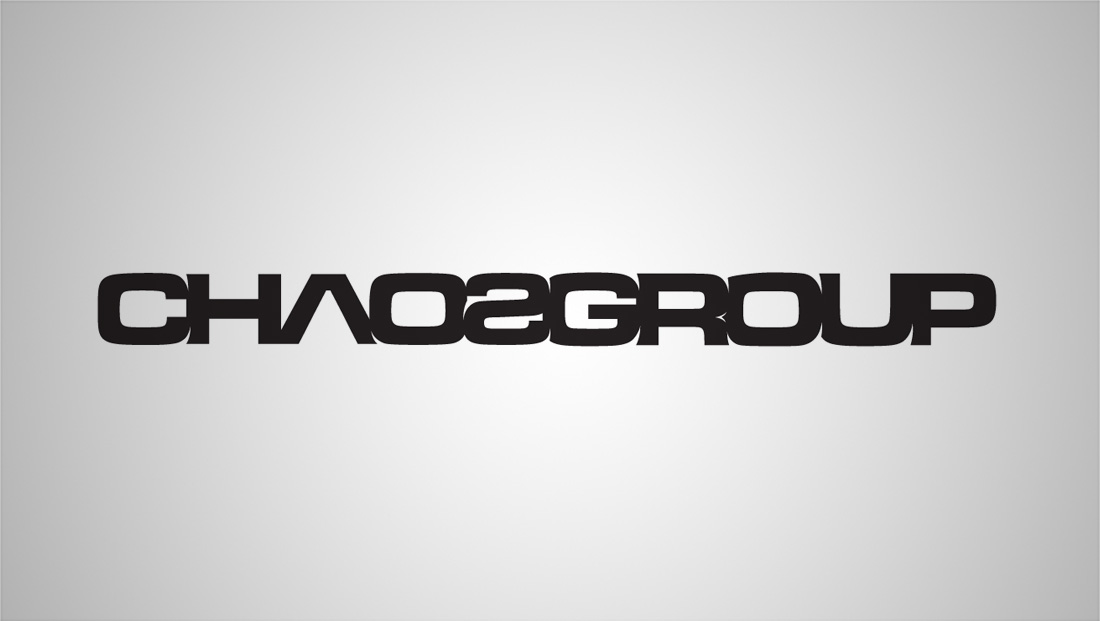Chaos Group to demo GPU rendering improvements

Subscribe to NCS for the latest news, project case studies and product announcements in broadcast technology, creative design and engineering delivered to your inbox.
Chaos Group will demonstrate its performance updates in GPU rendering and real-time ray tracing this week at the GPU Technology Conference.
Starting with the first public preview of its next-generation V-Ray GPU renderer, Chaos Group will show how the company has been able to take advantage of Nvidia RTX ray-tracing cores to achieve its fastest rendering speeds ever.
Chaos Group will also share significant advancements in Project Lavina, the company’s revolutionary real-time ray tracing technology.
Now in development, a new version of Chaos Group’s V-Ray rendering engine is being custom built to take full advantage of the dedicated ray tracing cores available in Nvidia RTX GPUs. Working in collaboration with NVIDIA engineers, the Chaos development team has achieved their fastest GPU rendering speeds to date. On average, when compared to the current CUDA version, benchmarks of the new RTX-powered V-Ray GPU are over twice as fast and up to four times faster for select scenes.
“We’re always looking to take advantage of the latest hardware capabilities in our solutions, and the RTX cards are an exciting new development for ray tracing,” said Vlado Koylazov, Chaos Group co-founder and CTO in a statement. “And this is just the beginning. We’re excited to see how these faster rendering speeds will benefit artists and designers.”
The new RTX-enabled version of V-Ray GPU shown at GTC already includes what is needed to render most production scenes, such as motion blur, hair, particles and subsurface scattering. For release, Chaos Group plans to support all V-Ray GPU features, including volume rendering, and whenever an Nvidia RTX card is detected, the speed increase will be automatic.
In addition to high-performance GPU production rendering, NVIDIA RTX hardware drives Chaos Group’s groundbreaking real-time ray tracer, Project Lavina.
Unlike traditional real-time engines that recently layer raster graphics with ray-traced effects, Project Lavina is 100 percent ray traced. This provides the highest level of accuracy and realism, while drastically simplifying content creation workflows.
For example, to start a real-time experience with Project Lavina, a user can simply drag and drop a V-Ray Scene into the Lavina viewer. This lets any artist or designer immediately explore photorealistic scenes in real-time, without having to learn how to use a game engine. Because of the inherent advantages of ray tracing, there is no time-consuming setup of UV maps or baking lights. There is also no need to reduce geometry or limit triangles, as Lavina can easily ray trace billions of polygons at real-time speeds.
Since its debut at SIGGRAPH 2018, Lavina development has progressed rapidly.
Notably, the Lavina team has implemented a new denoising algorithm for near noise-free interactivity. Current builds also include support for collision detection, procedural textures and V-Ray’s proprietary Light Cache global illumination for substantially better light quality in interior scenes.
As part of GTC 2019, Chaos Group developers will be participating in a series of talks to discuss the “Future of GPU Ray Tracing,” as well as “Production to Real-Time Ray Tracing with V-Ray GPU and Project Lavina.” Both talks will be held on March 19, in Room 230B of the San Jose Convention Center, with the former beginning at 9 a.m. and the latter starting at 11:00 a.m.
Subscribe to NCS for the latest news, project case studies and product announcements in broadcast technology, creative design and engineering delivered to your inbox.




tags
3D Rendering, Chaos Gropu Project Lavina, Chaos Group, GPU Rendering, GPU Technology Conference, Nvidia, Nvidia RTX, Render Engine, rendering, V-Ray, V-Ray Light Cache, Vlado Koylazov
categories
3D, Augmented Reality, Virtual Production and Virtual Sets, Broadcast Design, Broadcast Industry News, Featured